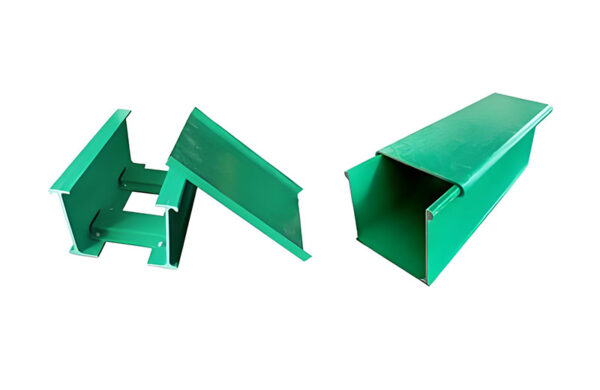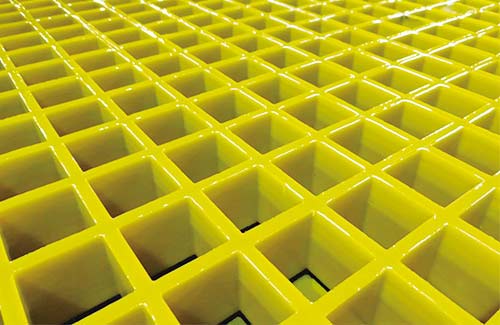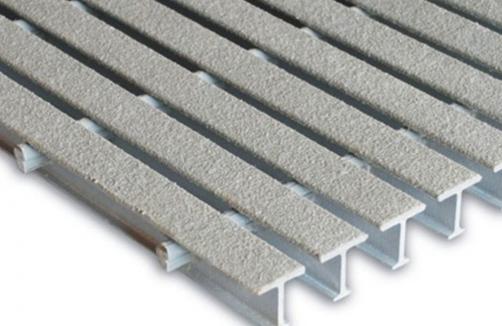Navigating Chemical Compatibility: A Guide to Vinyl Ester Resin FRP Grating Selection
When selecting materials for harsh industrial environments, one critical question emerges: How well does vinyl ester resin FRP grating withstand chemical exposure? This question forms the foundation of material selection in industries ranging from wastewater treatment to chemical processing. Understanding chemical compatibility isn’t just about preventing degradation—it’s about ensuring safety, longevity, and cost-effectiveness.

What exactly makes vinyl ester resin FRP grating suitable for chemical resistance? The answer lies in its molecular structure, which offers superior resistance to a broad spectrum of chemicals compared to polyester resins. However, “chemical resistance” is a relative term. The real question becomes: Which specific chemicals can the material withstand, and under what conditions? This is where a comprehensive chemical compatibility chart becomes an indispensable tool.
How should one interpret a chemical compatibility chart effectively? These charts typically categorize chemical resistance as excellent, good, fair, or poor, often with temperature considerations. For instance, sulfuric acid might show excellent resistance at room temperature but only fair resistance at elevated temperatures. Understanding these gradations helps engineers make informed decisions rather than relying on oversimplified assumptions.
What factors beyond the chemical itself influence compatibility? Concentration, temperature, pressure, and the duration of exposure all play crucial roles. A chemical that seems compatible under normal conditions might cause catastrophic failure under process upsets or maintenance scenarios. This complexity is why a complete reference guide is essential for industrial applications.
In my experience working with chemical processing facilities, I’ve seen firsthand how proper material selection prevents costly failures. A petrochemical plant once installed standard polyester grating in an area exposed to occasional methanol spills. While the manufacturer’s chart showed “good” resistance to methanol, the intermittent exposure combined with temperature fluctuations led to unexpected degradation. After switching to vinyl ester resin specifically rated for their conditions, they eliminated the recurring maintenance issues and safety concerns. This case underscores the importance of looking beyond generic charts and considering the full operational context.
When evaluating chemical compatibility, what common mistakes should be avoided? Many facilities focus solely on the primary process chemicals while overlooking cleaning agents, byproducts, or potential spills. A comprehensive assessment should include all possible chemical exposures throughout the facility’s lifecycle.
In conclusion, selecting the right FRP grating requires a thorough understanding of chemical compatibility factors. By leveraging complete reference guides and considering the full spectrum of potential exposures, industries can ensure optimal performance, safety, and return on investment in their infrastructure.







